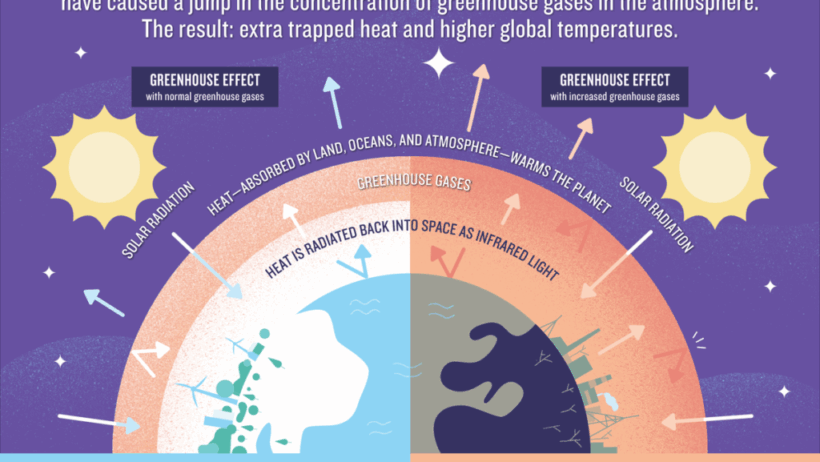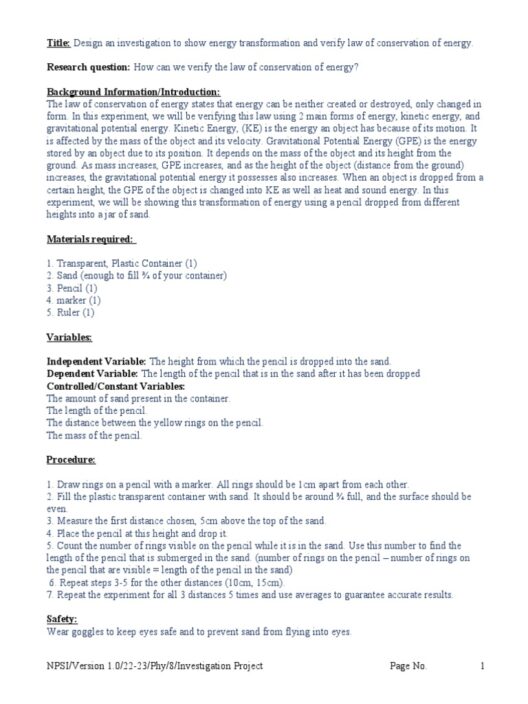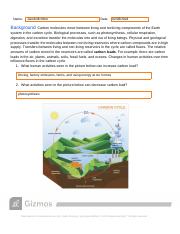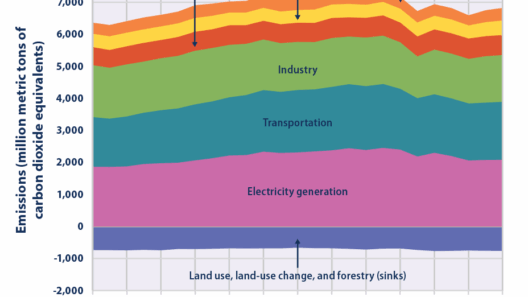The phenomenon of the greenhouse effect is fundamental to understanding climate change and its impact on our planet’s ecosystems. This natural process involves a collection of inorganic compounds, but one of them, carbon dioxide (CO2), emerges as the primary driver in contemporary discussions about global warming. Let’s delve into the compounds responsible for the greenhouse effect, providing an intricate view of their roles, interactions, and implications for our environment.
The greenhouse effect itself is a process whereby certain gases in Earth’s atmosphere trap heat, preventing it from escaping back into space. This process is crucial for maintaining the planet’s temperature and, by extension, the stability of its ecosystems. However, human activities have significantly altered the concentrations of these gases, leading to an enhanced greenhouse effect that poses pressing environmental challenges.
Carbon Dioxide: The Major Player in Climate Change
Among inorganic compounds, carbon dioxide (CO2) is unequivocally the most significant contributor to the greenhouse effect. Originating from both natural and anthropogenic sources, CO2 is a byproduct of respiration, volcanic eruptions, and most notably, the burning of fossil fuels. This latter source has skyrocketed since the Industrial Revolution, fundamentally changing the composition of our atmosphere.
When released, CO2 molecules absorb infrared radiation emitted from the Earth’s surface, effectively trapping heat. This mechanism leads to what is known as the greenhouse effect, warming the planet and contributing to climate change. As CO2 levels rise, the rate of global warming accelerates, forging a direct link between human activity, atmospheric CO2 concentrations, and changes in climate patterns.
Understanding CO2’s role is pivotal, yet it is essential to note that it is not operating in isolation. The interplay between various greenhouse gases must also be considered to appreciate the full scope of the challenge we face.
Methane: The Potent but Short-Lived Contender
Though carbon dioxide holds the spotlight, methane (CH4) is another critical player in the greenhouse gas arena. With a global warming potential that is approximately 25 times greater than CO2 over a 100-year period, methane demands attention, especially given its relatively short atmospheric lifetime of about a decade.
Methane is emitted during the production, transport, and use of coal, oil, and natural gas. Additionally, agricultural activities, particularly enteric fermentation in ruminant livestock, and the decomposition of organic waste in landfills contribute substantially to methane emissions. Its short-lived, potent nature means that mitigating methane could yield significant benefits in the shorter term, making it a key target for climate action strategies.
Despite its lesser abundance in the atmosphere compared to CO2, the impact of methane underscores the need for comprehensive strategies addressing various greenhouse gases rather than focusing solely on carbon dioxide.
Nitrous Oxide: The Silent Threat
Nitrous oxide (N2O) is yet another inorganic compound that significantly impacts the greenhouse effect. Although present in much smaller quantities than both CO2 and CH4, nitrous oxide’s global warming potential is about 298 times greater than that of carbon dioxide over a century. This potent gas results from agricultural practices, particularly the application of synthetic fertilizers, and certain industrial processes.
The release of nitrous oxide compounds into the atmosphere often occurs indirectly through soil disturbance and crop cultivation methods that do not employ sustainable practices. As agriculture continues to expand and intensify—especially with the increasing demand for food—the challenge of managing N2O emissions becomes more urgent.
Understanding the confluence of these gases highlights the critical interdependencies and complexities inherent in addressing climate change. The relationships among CO2, methane, and nitrous oxide underscore the importance of integrated approaches to environmental policy, climate action, and agricultural practices.
Mitigation Strategies: Paving the Path Forward
Given the significant roles that these inorganic compounds play in exacerbating the greenhouse effect, various mitigation strategies are necessary. Reducing carbon dioxide emissions requires a paradigm shift in energy consumption, transitioning from fossil fuel reliance to renewable energy sources like solar, wind, and hydro. Enhancing energy efficiency across all sectors—and particularly in industrial processes—can yield substantial reductions in emissions.
For methane, strategies such as improving agricultural practices, enhancing waste management, and adopting technological innovations in fossil fuel extraction can mitigate its impact. These strategies not only address methane emissions but can also result in economic benefits, increasing efficiency and reducing costs for farmers and industries alike.
Lastly, tackling nitrous oxide emissions can involve refining fertilizer application methods, integrating organic farming practices, and enhancing soil management practices. By focusing on these approaches, it is possible to cultivate a sustainable future whilst addressing the immediate challenges posed by climate change.
In encapsulation, although carbon dioxide takes center stage in discussions surrounding the greenhouse effect, the contributions of methane and nitrous oxide cannot be overlooked. A multifaceted approach is essential to develop effective policies and strategies that mitigate the climatic impacts of these compounds. Understanding their dynamics and the interwoven impact of human activity plays a crucial role in shaping effective responses to climate change. By addressing these inorganic compounds collectively, we take a monumental step towards a more sustainable and resilient planet for future generations.








